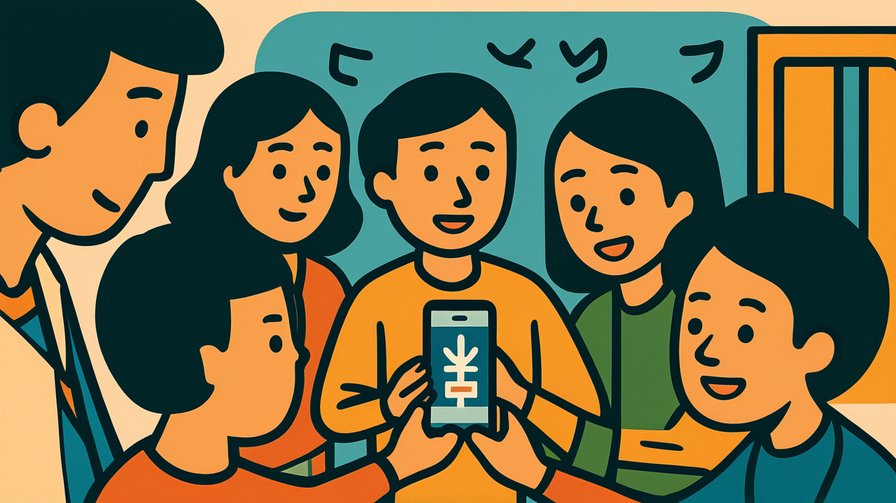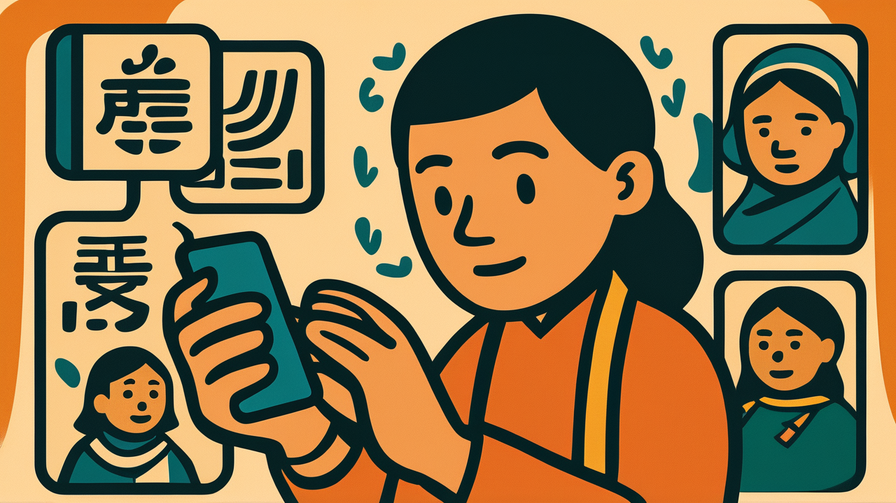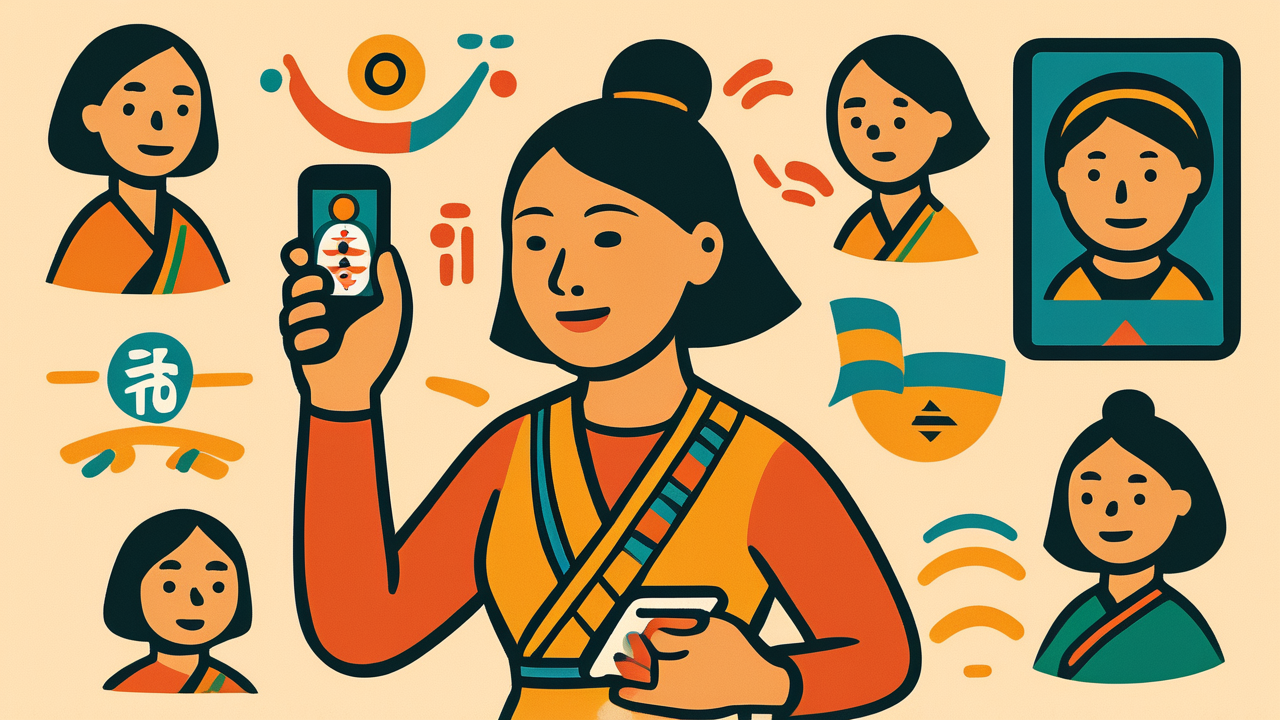[Disclaimer] This article is reconstructed based on information from external sources. Please verify the original source before referring to this content.
News Summary
The following content was published online. A translated summary is presented below. See the source for details.
In Taiwan, a young digital activist named Tapas Katu (also known as Pasang Teru) is working to preserve the Atayal indigenous language through online platforms and social media. The Atayal people are one of Taiwan’s 16 officially recognized indigenous groups, with their language considered endangered as fewer young people speak it fluently. Tapas Katu believes that using indigenous languages should be completely normal in daily life, not something special or unusual. Through consistent small efforts like posting in Atayal on social media, creating digital content, and encouraging others to use the language online, meaningful change can happen. This approach represents a new generation of language activists who use technology and social media to make indigenous languages relevant and accessible to young people. The activist emphasizes that language preservation doesn’t require grand gestures – simple daily use and visibility can help normalize and revitalize endangered languages.
Source: Global Voices
Our Commentary
Background and Context

Taiwan is home to approximately 580,000 indigenous people, making up about 2.5% of the island’s population. These communities speak languages that have existed for thousands of years, long before Chinese languages arrived in Taiwan. However, decades of policies that promoted only Mandarin Chinese in schools and public life have led to a dramatic decline in indigenous language speakers. Today, all of Taiwan’s indigenous languages are considered endangered by UNESCO, with some having fewer than 1,000 speakers. Young people often grow up hearing their grandparents speak these languages but cannot speak them fluently themselves. This language loss represents not just words disappearing, but entire worldviews, traditional knowledge, and cultural practices that are encoded in these languages.
Expert Analysis
Language preservation experts recognize that digital activism represents a crucial new frontier in saving endangered languages. Traditional preservation methods focused on documenting languages through dictionaries and recordings, but this passive approach didn’t create new speakers. Tapas Katu’s strategy of normalizing daily language use through social media directly addresses the biggest challenge: making the language relevant to young people’s lives. By posting memes, stories, and everyday content in Atayal, activists create spaces where the language feels modern and alive rather than something confined to museums or elderly speakers. This approach has proven successful with other endangered languages worldwide, from Hawaiian to Welsh, showing that languages can be revitalized when young people see them as cool and useful.
Additional Data and Fact Reinforcement
According to Taiwan’s Council of Indigenous Peoples, only 35% of indigenous people under age 20 can speak their ancestral language fluently, compared to 85% of those over 60. Social media usage among Taiwanese youth exceeds 95%, making it an ideal platform for language revitalization. Studies show that seeing a language used in digital spaces increases young people’s motivation to learn it by up to 60%. The Atayal language has approximately 84,000 ethnic members, but only about 10,000 fluent speakers remain. Digital content in indigenous languages has grown by 300% in Taiwan over the past five years, largely driven by young activists. UNESCO data indicates that one language dies every two weeks globally, making efforts like Tapas Katu’s critically important.
Related News
Similar digital language preservation movements are happening worldwide. In New Zealand, Māori language activists have created popular TikTok accounts teaching phrases through dance challenges. Native American youth in the United States use Instagram to share traditional stories in their languages with modern twists. Google and Facebook have added indigenous language options to their platforms in several countries. Taiwan’s government recently launched a program providing funding for indigenous language content creators. The success of the Welsh language on social media, where #Cymraeg (Welsh) posts receive millions of views, provides a model for other endangered language communities.
Summary

Tapas Katu’s work demonstrates how young people can use familiar tools like social media to address serious cultural challenges. By making indigenous language use normal and visible in digital spaces, activists are creating new possibilities for language survival. This approach shows that preserving culture doesn’t mean keeping it frozen in time – it means adapting it to how people actually communicate today. For students interested in cultural preservation, digital activism, or social justice, this story illustrates how small, consistent actions can contribute to significant social change. The future of endangered languages may depend on young people who understand both traditional culture and modern technology.
Public Reaction
The response to digital language activism has been overwhelmingly positive among young indigenous people in Taiwan. Many report feeling proud to see their languages in modern contexts like memes and social media posts. Non-indigenous Taiwanese youth have also shown interest, with some learning basic phrases to support their indigenous friends. Teachers have noted increased interest in indigenous language classes since students started seeing the languages used online. However, some elderly speakers worry about language changes and simplified usage on social media, though most agree that any use is better than no use.
Frequently Asked Questions
Why are indigenous languages in danger? Historical policies forced indigenous people to speak only Mandarin in schools and public spaces, causing many families to stop teaching their languages to children.
How can social media help save a language? When young people see languages used for fun, modern content online, they become interested in learning and using them, creating new speakers and keeping languages alive.
Can I help even if I’m not indigenous? Yes! You can follow indigenous language accounts, share their content, and learn basic phrases to show support and respect for linguistic diversity.


